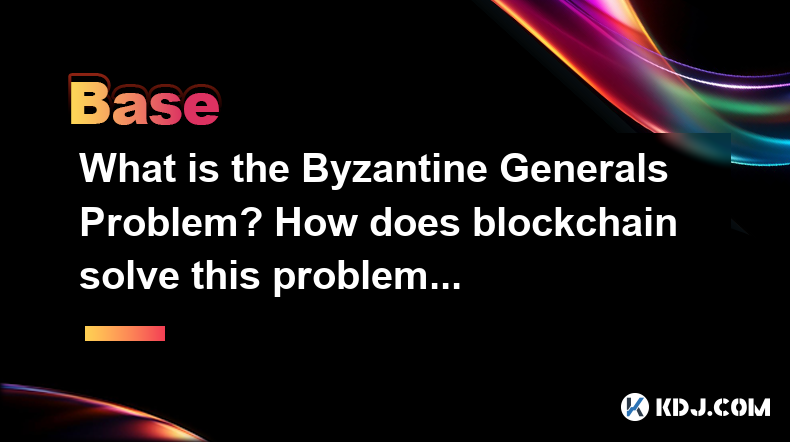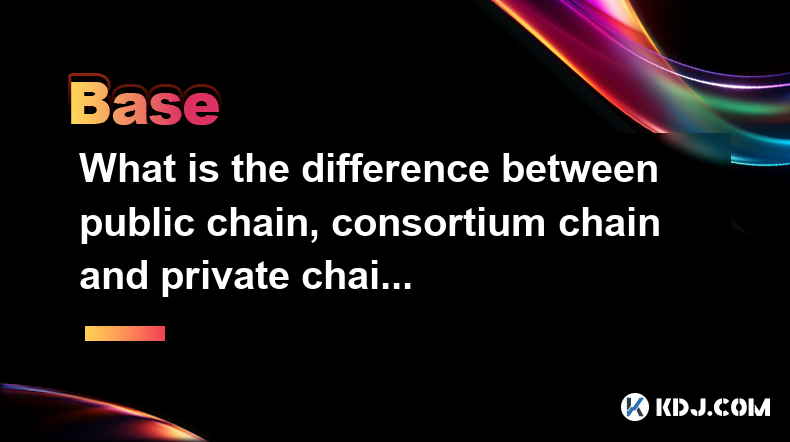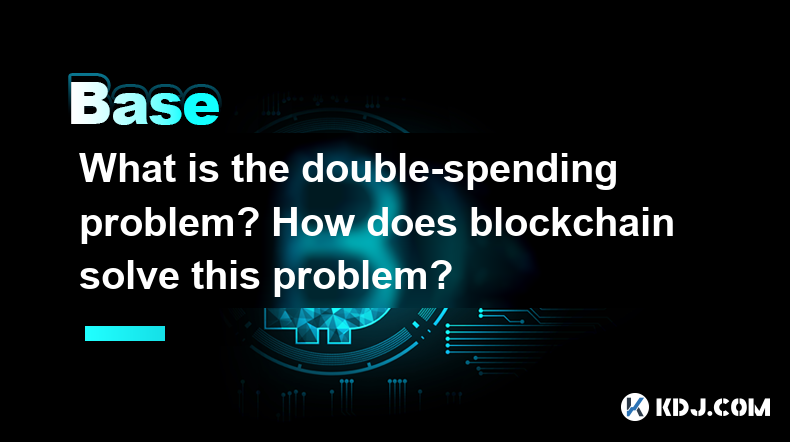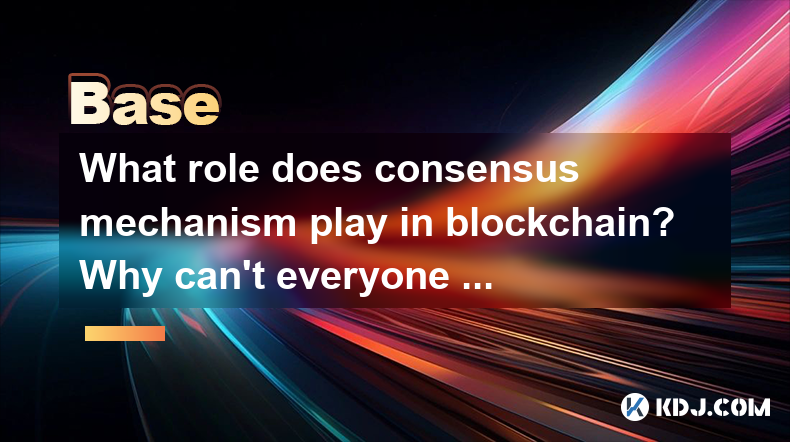-
 Bitcoin
Bitcoin $83,822.4170
1.13% -
 Ethereum
Ethereum $1,813.6102
1.14% -
 Tether USDt
Tether USDt $0.9998
0.01% -
 XRP
XRP $2.1222
3.18% -
 BNB
BNB $596.3480
0.70% -
 Solana
Solana $120.9540
4.53% -
 USDC
USDC $1.0001
0.01% -
 Dogecoin
Dogecoin $0.1701
5.09% -
 Cardano
Cardano $0.6610
1.76% -
 TRON
TRON $0.2385
-0.20% -
 UNUS SED LEO
UNUS SED LEO $9.1952
-3.85% -
 Chainlink
Chainlink $12.9099
0.96% -
 Toncoin
Toncoin $3.3204
-5.86% -
 Stellar
Stellar $0.2592
-0.36% -
 Avalanche
Avalanche $18.1903
0.62% -
 Sui
Sui $2.2467
2.06% -
 Shiba Inu
Shiba Inu $0.0...01234
1.62% -
 Hedera
Hedera $0.1632
0.53% -
 Litecoin
Litecoin $84.5521
1.58% -
 Polkadot
Polkadot $4.0326
0.22% -
 MANTRA
MANTRA $6.2623
-1.67% -
 Bitcoin Cash
Bitcoin Cash $300.9068
-0.19% -
 Bitget Token
Bitget Token $4.5289
1.12% -
 Dai
Dai $1.0001
0.01% -
 Ethena USDe
Ethena USDe $0.9991
-0.03% -
 Hyperliquid
Hyperliquid $12.0972
2.83% -
 Monero
Monero $216.6391
1.04% -
 Uniswap
Uniswap $5.8853
0.50% -
 Pi
Pi $0.4789
-15.16% -
 OKB
OKB $51.0001
8.81%
What does Block mean in blockchain
In blockchain technology, a block represents a collection of validated transactions and other data added to the immutable and chronologically ordered digital ledger, providing a foundation for secure and transparent record-keeping.
Oct 22, 2024 at 07:18 am

What does Block mean in blockchain
- Definition:
In blockchain technology, a block refers to a collection of transactions and other data that are grouped together and added to the blockchain, which is a distributed and immutable digital ledger.
- Structure of a Block:
Each block typically consists of the following components:
- Block Header: Contains information such as the block's version number, hash of the previous block, and timestamp.
- Transaction List: A list of validated and approved transactions that are included in the block.
- Merkle Tree Root: A cryptographic hash of all the transactions in the block.
- Nonce: A randomly generated number used in the mining process.
- Role in Blockchain:
Blocks serve as the foundational elements of a blockchain, providing four key functions:
- Validation: Transactions within a block undergo rigorous validation to ensure their legitimacy and integrity.
- Immutability: Once a block is added to the blockchain, it becomes almost impossible to alter or remove the information it contains.
- Chronological Order: Blocks are added to the blockchain in a linear and chronological sequence, creating a secure and transparent history of transactions.
- Decentralization: Blocks are distributed across a network of nodes, eliminating the need for a central authority and enhancing the security of the system.
- Block Mining:
The process of adding a new block to the blockchain is known as block mining. Miners use specialized computer hardware to solve complex mathematical puzzles to generate the nonce for the block. The miner who successfully finds a valid nonce получает rewards in the form of cryptocurrency.
- Block Size and Capacity:
The maximum size and capacity of a block vary depending on the specific blockchain protocol. Some blockchains use a fixed block size, while others employ a dynamic block size that can expand as needed.
- Block Confirmation:
After a block is mined, it requires confirmation and approval from multiple nodes in the network. This process ensures that the block is valid and supported by the majority of participants.
Disclaimer:info@kdj.com
The information provided is not trading advice. kdj.com does not assume any responsibility for any investments made based on the information provided in this article. Cryptocurrencies are highly volatile and it is highly recommended that you invest with caution after thorough research!
If you believe that the content used on this website infringes your copyright, please contact us immediately (info@kdj.com) and we will delete it promptly.
- Sun Yuchen Bailed Out Techteryx's TrueUSD Stablecoin After Nearly $500M of Reserve Funds Became Illiquid
- 2025-04-05 10:50:12
- Sumitomo Mitsui Financial Group to Develop a Stablecoin
- 2025-04-05 10:50:12
- The real fortunes are made by finding the hidden gems
- 2025-04-05 10:45:12
- The world's first meme coin fund just landed a major initial DEX offering (IDO) on Uniswap – but what is the Meme Index ($MEMEX)?
- 2025-04-05 10:45:12
- Bitcoin vs. Solana: Which Cryptocurrency Is the Better Investment for $2,000?
- 2025-04-05 10:40:12
- Treating Bitcoin as an Asset of Strategic Importance Could Catalyze a Ripple Effect for the United States
- 2025-04-05 10:40:12
Related knowledge

Why is the oracle called the bridge between blockchain and the real world?
Apr 04,2025 at 04:00am
The concept of an oracle in the cryptocurrency and blockchain world is crucial for understanding how these decentralized systems interact with external data. The oracle is often referred to as the bridge between blockchain and the real world because it serves as a vital intermediary that fetches, verifies, and transmits off-chain data to the on-chain en...

What is the Byzantine Generals Problem? How does blockchain solve this problem?
Apr 05,2025 at 06:29am
The Byzantine Generals Problem is a classic problem in the field of distributed computing and computer science, which has significant implications for the reliability and security of decentralized systems, including blockchain technology. This problem is named after a hypothetical scenario involving several generals of the Byzantine army who must coordi...

What role does the Merkle tree play in the blockchain? Why can it verify data integrity?
Apr 04,2025 at 01:29pm
The Merkle tree plays a crucial role in the blockchain, primarily due to its ability to efficiently and securely verify data integrity. This article will delve into the structure of a Merkle tree, its implementation in blockchain, and how it ensures the integrity of data. Understanding the Structure of a Merkle TreeA Merkle tree, also known as a hash tr...

What is the difference between public chain, consortium chain and private chain? What scenarios are suitable for each?
Apr 04,2025 at 09:21pm
In the world of blockchain technology, understanding the differences between public chains, consortium chains, and private chains is crucial for selecting the right type of blockchain for specific applications. Each type of blockchain has its own unique characteristics and use cases, which we will explore in detail. Understanding Public ChainsPublic cha...

What is the double-spending problem? How does blockchain solve this problem?
Apr 04,2025 at 09:07am
The double-spending problem is a significant challenge in the realm of digital currencies. Double-spending refers to the potential for a digital currency to be spent more than once. This issue arises because digital files, unlike physical cash, can be easily duplicated. If not addressed, double-spending could undermine the integrity and trust in any dig...

What role does consensus mechanism play in blockchain? Why can't everyone keep accounts?
Apr 05,2025 at 12:29am
The consensus mechanism is a fundamental component of blockchain technology, serving as the backbone for maintaining the integrity and security of the network. It ensures that all participants in the network agree on the state of the ledger, which is crucial for the decentralized nature of blockchain. Without a consensus mechanism, the decentralized sys...

Why is the oracle called the bridge between blockchain and the real world?
Apr 04,2025 at 04:00am
The concept of an oracle in the cryptocurrency and blockchain world is crucial for understanding how these decentralized systems interact with external data. The oracle is often referred to as the bridge between blockchain and the real world because it serves as a vital intermediary that fetches, verifies, and transmits off-chain data to the on-chain en...

What is the Byzantine Generals Problem? How does blockchain solve this problem?
Apr 05,2025 at 06:29am
The Byzantine Generals Problem is a classic problem in the field of distributed computing and computer science, which has significant implications for the reliability and security of decentralized systems, including blockchain technology. This problem is named after a hypothetical scenario involving several generals of the Byzantine army who must coordi...

What role does the Merkle tree play in the blockchain? Why can it verify data integrity?
Apr 04,2025 at 01:29pm
The Merkle tree plays a crucial role in the blockchain, primarily due to its ability to efficiently and securely verify data integrity. This article will delve into the structure of a Merkle tree, its implementation in blockchain, and how it ensures the integrity of data. Understanding the Structure of a Merkle TreeA Merkle tree, also known as a hash tr...

What is the difference between public chain, consortium chain and private chain? What scenarios are suitable for each?
Apr 04,2025 at 09:21pm
In the world of blockchain technology, understanding the differences between public chains, consortium chains, and private chains is crucial for selecting the right type of blockchain for specific applications. Each type of blockchain has its own unique characteristics and use cases, which we will explore in detail. Understanding Public ChainsPublic cha...

What is the double-spending problem? How does blockchain solve this problem?
Apr 04,2025 at 09:07am
The double-spending problem is a significant challenge in the realm of digital currencies. Double-spending refers to the potential for a digital currency to be spent more than once. This issue arises because digital files, unlike physical cash, can be easily duplicated. If not addressed, double-spending could undermine the integrity and trust in any dig...

What role does consensus mechanism play in blockchain? Why can't everyone keep accounts?
Apr 05,2025 at 12:29am
The consensus mechanism is a fundamental component of blockchain technology, serving as the backbone for maintaining the integrity and security of the network. It ensures that all participants in the network agree on the state of the ledger, which is crucial for the decentralized nature of blockchain. Without a consensus mechanism, the decentralized sys...
See all articles





















































































